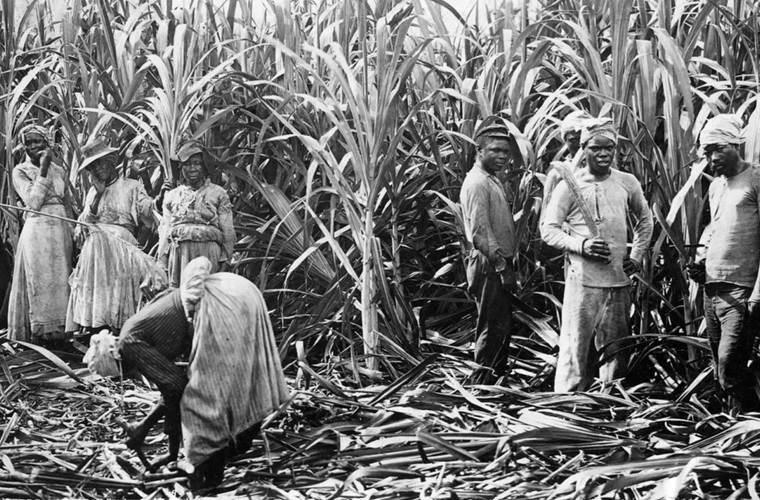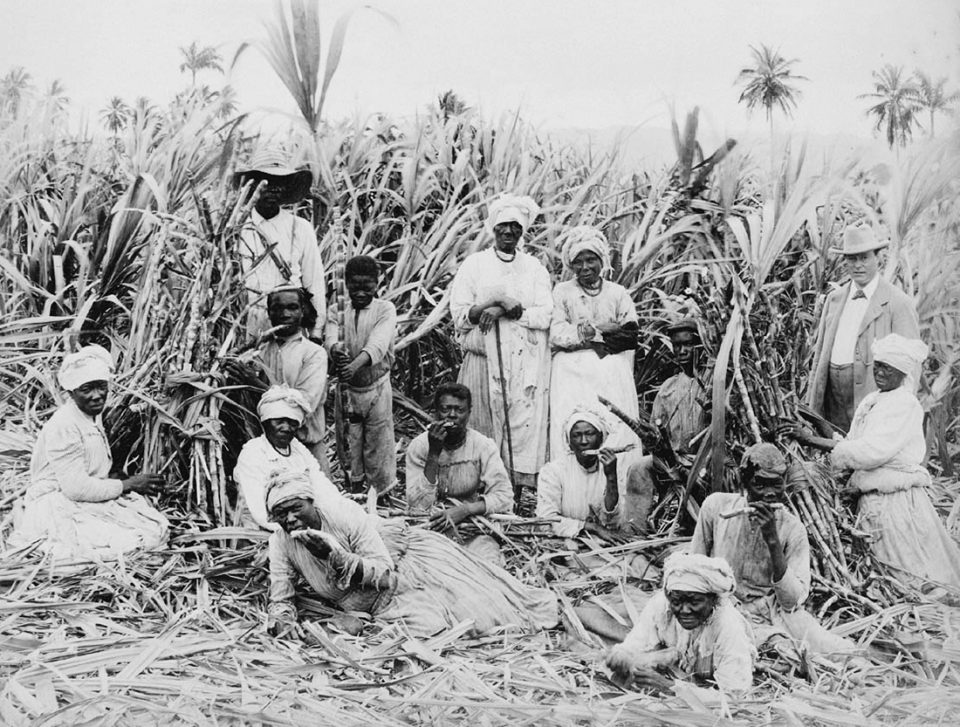Sugar plantations were large agricultural estates where sugarcane was cultivated and processed into sugar or molasses. These plantations were primarily found in the Caribbean, South America, and some parts of the Southern United States during the 17th to 19th centuries. The labor force on these plantations was predominantly made up of enslaved Africans, who were forcibly brought over from Africa to work on the plantations.
The sugar industry played a significant role in the transatlantic slave trade, which was the forced transportation of African slaves to the Americas. The demand for cheap labor to work on the sugar plantations led to the capture and enslavement of millions of Africans. The conditions on the plantations were extremely harsh, with long hours of labor, brutal punishment, and little to no rights for the enslaved individuals.

Enslaved Africans were often treated as property rather than human beings, and their owners had complete control over their lives. Many enslaved individuals died from the harsh conditions on the plantation, and those who survived faced a lifetime of forced labor and oppression.
The sugar industry was highly profitable for plantation owners, and many of them became extremely wealthy from the labor of enslaved Africans. However, the practice of slavery was eventually abolished in most countries, including the United States in 1865, and the Caribbean in the mid-19th century.
Today, the legacy of the sugar plantation system and slavery is still felt in many of these regions, including social, economic, and political disparities that continue to affect descendants of enslaved Africans. The history of the sugar plantation and slavery serves as a reminder of the atrocities committed in the past and the ongoing struggles for racial equality and justice.

